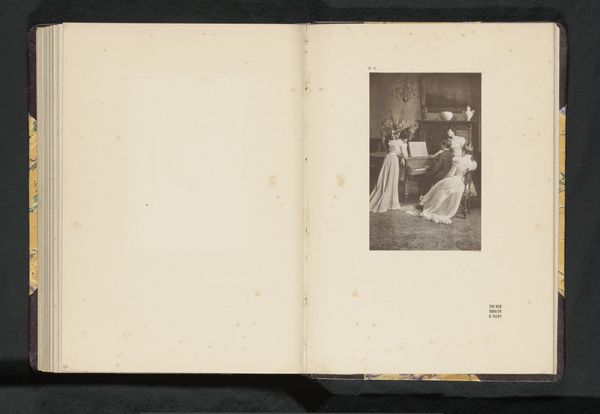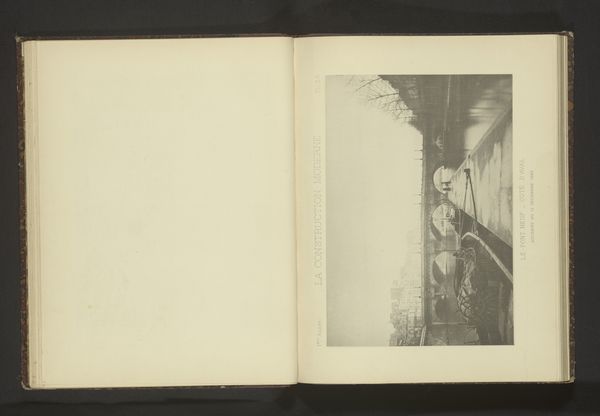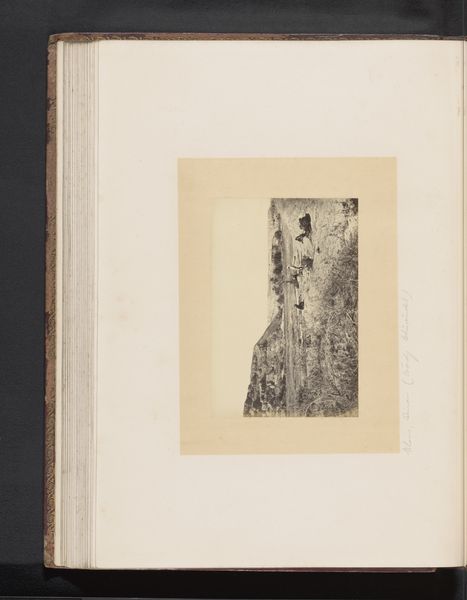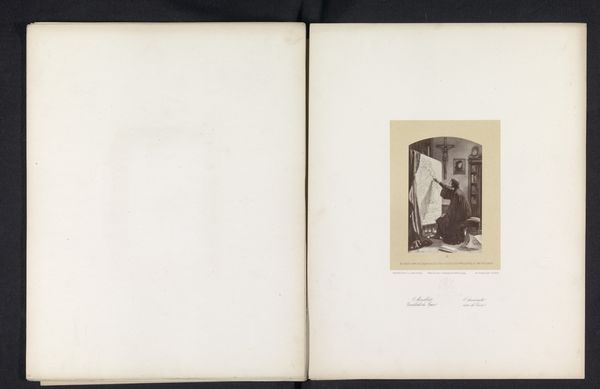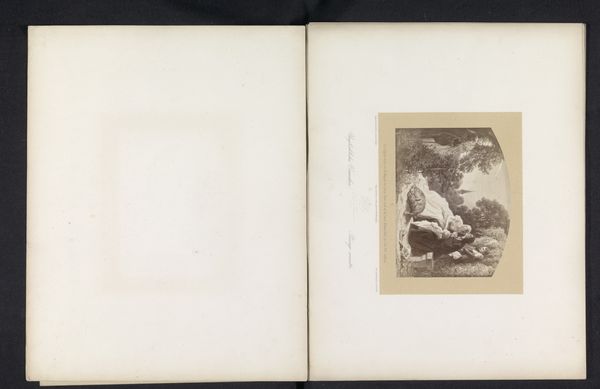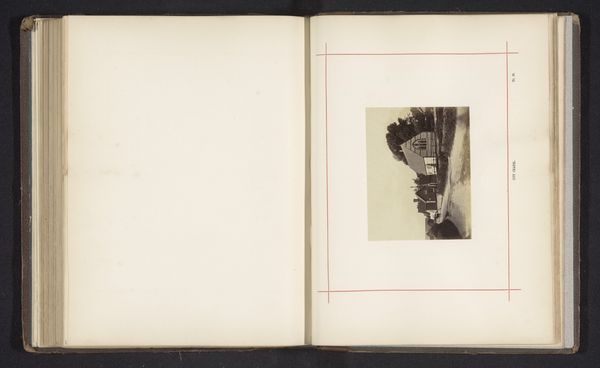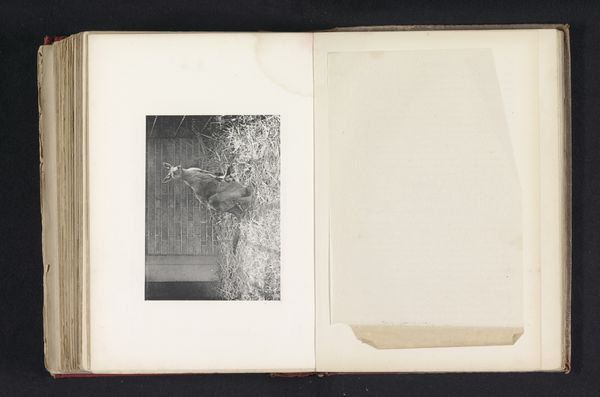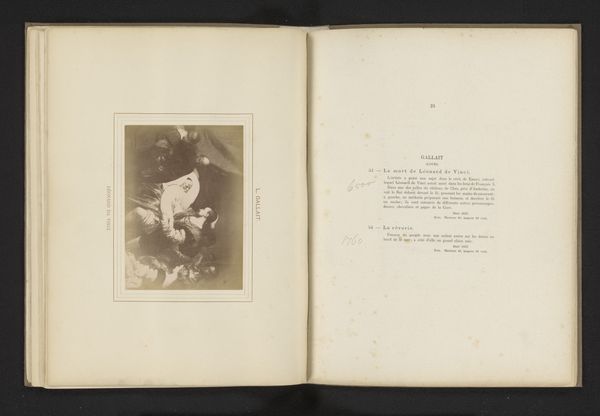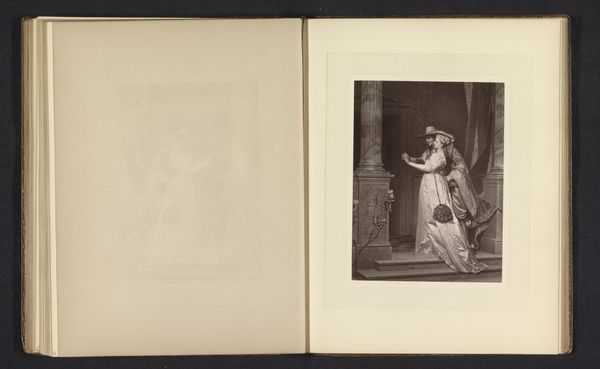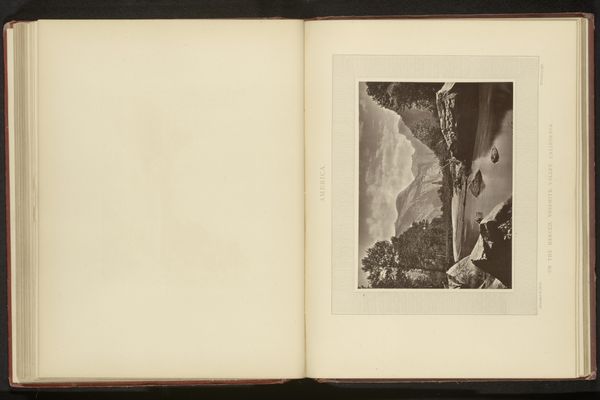
print, photography, albumen-print
# print
#
french
#
landscape
#
photography
#
cityscape
#
albumen-print
Dimensions: height 180 mm, width 262 mm
Copyright: Rijks Museum: Open Domain
Editor: This is a photograph titled "Gezicht op de Pont Neuf in Parijs," taken before 1886 by Paul Dujardin. It looks like an albumen print. There’s a striking stillness to this city scene, despite the bustling life I imagine would usually be around this location. What social or historical significance might be embedded in an image like this? Curator: Well, photographs like this played a crucial role in shaping perceptions of Paris and its modernization in the late 19th century. Consider the Pont Neuf itself – one of the oldest and most celebrated bridges. It stood as a symbol of Parisian identity, connecting different parts of the city and its history. A photograph normalizes access, documenting the city as a point of national pride. How does the "snapshot" aesthetic, the "realness", relate to the social ideals and cultural biases of the time? Editor: So the choice to photograph this particular bridge is already significant. You're saying it ties into the city's evolving identity and public image, particularly during a period of immense urban change. Curator: Exactly. Haussmann's urban renewal projects were dramatically reshaping Paris, and photography became a powerful tool for documenting, celebrating, and even marketing these transformations. Think about who had access to photography, and what narratives they were likely to promote. Editor: I guess I hadn’t thought about photography as a promotional tool! It gives me a new perspective. I'm seeing it less as an objective capture and more as a deliberate construction of an image, intertwined with the socio-political forces shaping Paris at the time. Thanks! Curator: Precisely! And by analyzing these images within their historical context, we can understand their role in constructing narratives and influencing perceptions of urban space and progress. It prompts us to reflect on whose voices were amplified and whose were marginalized in this visual representation of Parisian life.
Comments
No comments
Be the first to comment and join the conversation on the ultimate creative platform.
